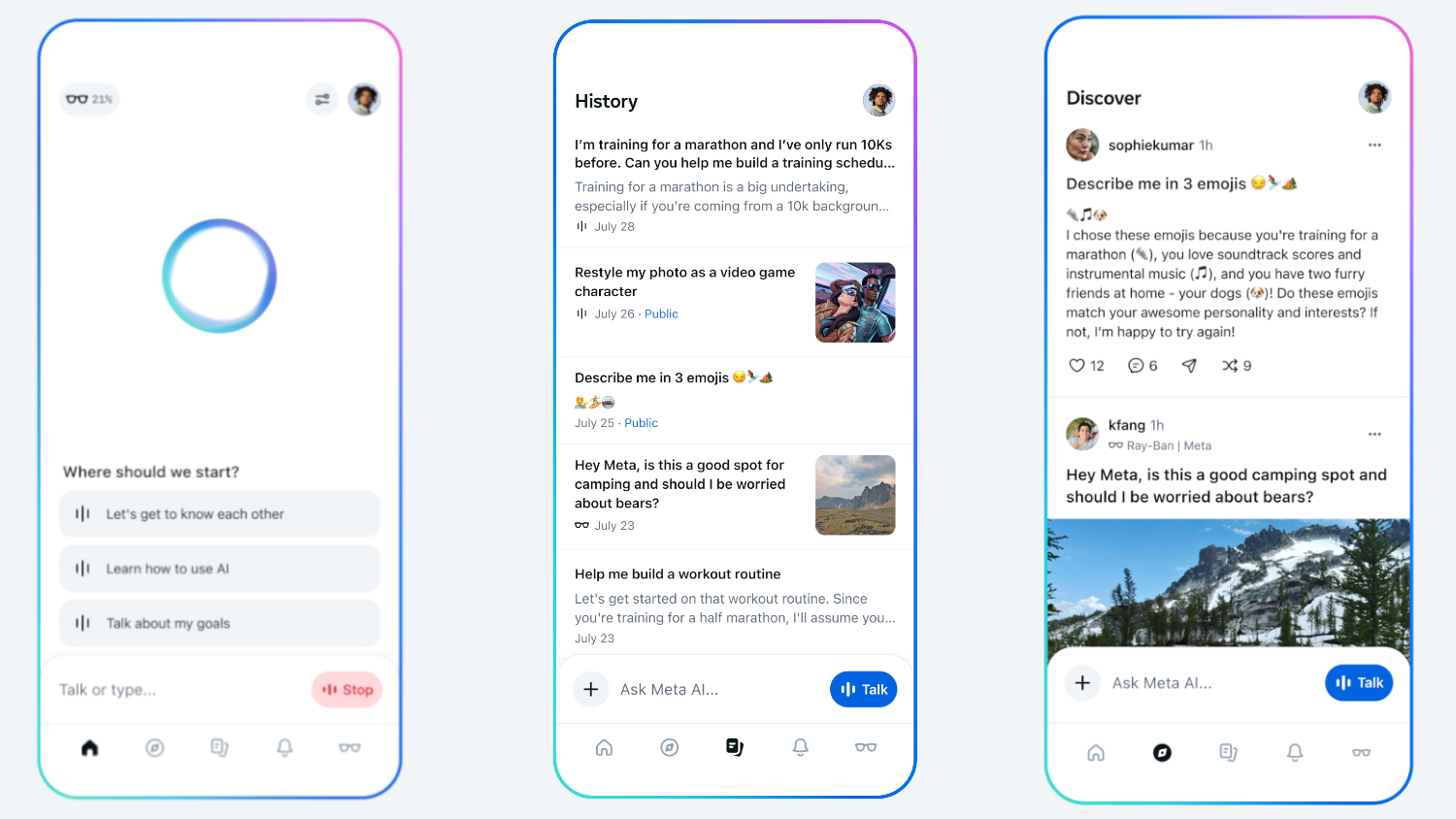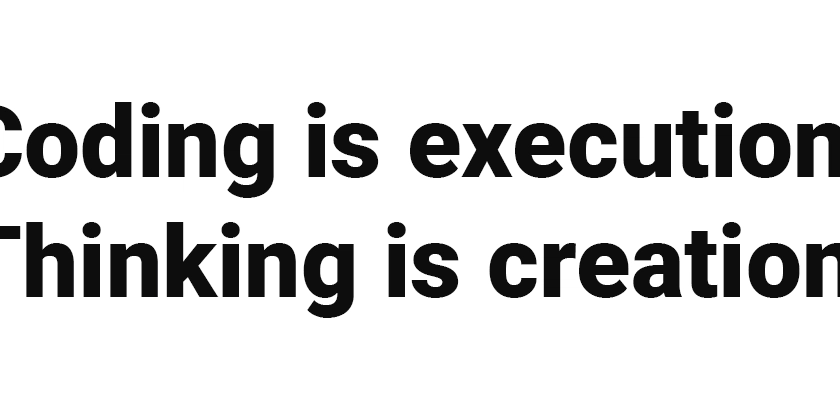Why WordPress Still Dominates in 2025 — and How Top Developers Are Pushing Its Limits
Despite being around for over two decades, WordPress remains one of the most dominant platforms for building websites — powering over 40% of all sites on the web. And yet, in developer circles, it often gets unfairly dismissed as “just for bloggers” or “not technical enough.” The reality is far more nuanced. ** The Case for WordPress in Modern Web Development ** As a developer, you might favor Jamstack, React, or headless CMSs like Strapi or Sanity — and they all have their place. But when you’re working with clients who need: A flexible CMS Quick deployment Scalability Easy content management A wide plugin ecosystem WordPress checks all the boxes. It’s not about using WordPress because it’s easier. It’s about using the right tool for the job.

Despite being around for over two decades, WordPress remains one of the most dominant platforms for building websites — powering over 40% of all sites on the web.
And yet, in developer circles, it often gets unfairly dismissed as “just for bloggers” or “not technical enough.” The reality is far more nuanced.
**
The Case for WordPress in Modern Web Development
**
As a developer, you might favor Jamstack, React, or headless CMSs like Strapi or Sanity — and they all have their place. But when you’re working with clients who need:
A flexible CMS
Quick deployment
Scalability
Easy content management
A wide plugin ecosystem
WordPress checks all the boxes.
It’s not about using WordPress because it’s easier. It’s about using the right tool for the job.




































































































































































![[The AI Show Episode 145]: OpenAI Releases o3 and o4-mini, AI Is Causing “Quiet Layoffs,” Executive Order on Youth AI Education & GPT-4o’s Controversial Update](https://www.marketingaiinstitute.com/hubfs/ep%20145%20cover.png)









































































































































































































































































_NicoElNino_Alamy.jpg?width=1280&auto=webp&quality=80&disable=upscale#)












































































































![Standalone Meta AI App Released for iPhone [Download]](https://www.iclarified.com/images/news/97157/97157/97157-640.jpg)


































































































